Best Companion Plants For Mums To Boost Their Growth And Beauty
Best Companion Plants for Mums to Boost Their Growth and Beauty
Mums are a popular choice for fall flowers, and for good reason. They come in a wide variety of colors, sizes, and shapes, and they can be grown in a variety of conditions. But did you know that planting mums with certain companion plants can help them to grow better and look their best?
In this blog post, we will discuss the best companion plants for mums. We will also provide some tips on how to plant and care for these plants so that you can enjoy their beauty for years to come.
Why Use Companion Plants?
Companion planting is a gardening practice that involves planting certain plants together to benefit each other. There are many different reasons why you might want to use companion planting, but some of the most common benefits include:
- Attracting beneficial insects and pollinators. Many companion plants attract beneficial insects, such as ladybugs and bees, which can help to control pests and improve pollination.
- Distracting pests. Some companion plants can help to distract pests from your mums. For example, planting mums with marigolds can help to deter whiteflies.
- Improving soil quality. Some companion plants can help to improve the soil quality around your mums, making it more nutrient-rich and easier for them to grow.
- Boosting growth and blooms. Some companion plants can actually help to boost the growth and blooms of your mums. For example, planting mums with lavender can help to increase the number of blooms.
Best Companion Plants for Mums
There are many different companion plants that you can use with mums, but some of the best options include:
- Lavender. Lavender is a beautiful and fragrant herb that can help to attract beneficial insects and pollinators. It can also help to improve the soil quality around your mums.
- Marigolds. Marigolds are another great companion plant for mums. They can help to deter pests, such as whiteflies and aphids. They also add a splash of color to your garden.
- Cosmos. Cosmos are a type of daisy that is easy to grow and care for. They come in a variety of colors, and they can help to attract beneficial insects.

- Zinnia. Zinnias are another type of daisy that is a great companion plant for mums. They come in a variety of colors, and they can help to attract beneficial insects.

- Yarrow. Yarrow is a hardy herb that can help to improve the soil quality around your mums. It can also help to deter pests.

- Sage. Sage is a beautiful and fragrant herb that can help to attract beneficial insects and pollinators. It can also help to improve the soil quality around your mums.
How to Plant and Care for Mums
Mums are relatively easy to plant and care for. Here are some tips:
- Plant mums in full sun. They need at least 6 hours of sunlight per day.
- Plant mums in well-drained soil. They do not like soggy soil.
- Water mums regularly, especially during hot, dry weather.
- Fertilize mums every few weeks with a balanced fertilizer.
- Deadhead mums regularly to encourage new blooms.
Conclusion
By planting mums with the right companion plants, you can help them to grow better and look their best. The plants listed above are just a few of the many great companion plants for mums. With a little planning, you can create a beautiful and healthy garden that will be full of mums for years to come.
Mums are a beautiful addition to any garden, but they can look even better when they're planted with companion plants. Companion plants are those that benefit each other by attracting beneficial insects, repelling pests, or providing nutrients.
Some good companion plants for mums include:
- Pansies: These cheerful flowers bloom in the fall, just like mums, and they come in a variety of colors to complement your mums.
- Helenium: This fall-blooming flower has radiant sunset hues and it's a great choice for attracting beneficial insects.
- Kale and cabbage: These edible plants look great when planted near mums, and they can also help to deter pests.
For more information about companion plants for mums, I recommend visiting Gardenia Inspiration. This website has a comprehensive list of companion plants for mums, as well as tips on how to plant and care for them.
FAQ of companion plants for mums
Q: What are companion plants for mums?
A: Companion plants are plants that are beneficial to each other when grown together. They can help to attract beneficial insects, repel pests, improve soil quality, and provide support. Some good companion plants for mums include:
- Pansies: Pansies are a happy little companion plant that nicely complements mums. They bloom in the fall, just like mums, and come in a variety of colors.
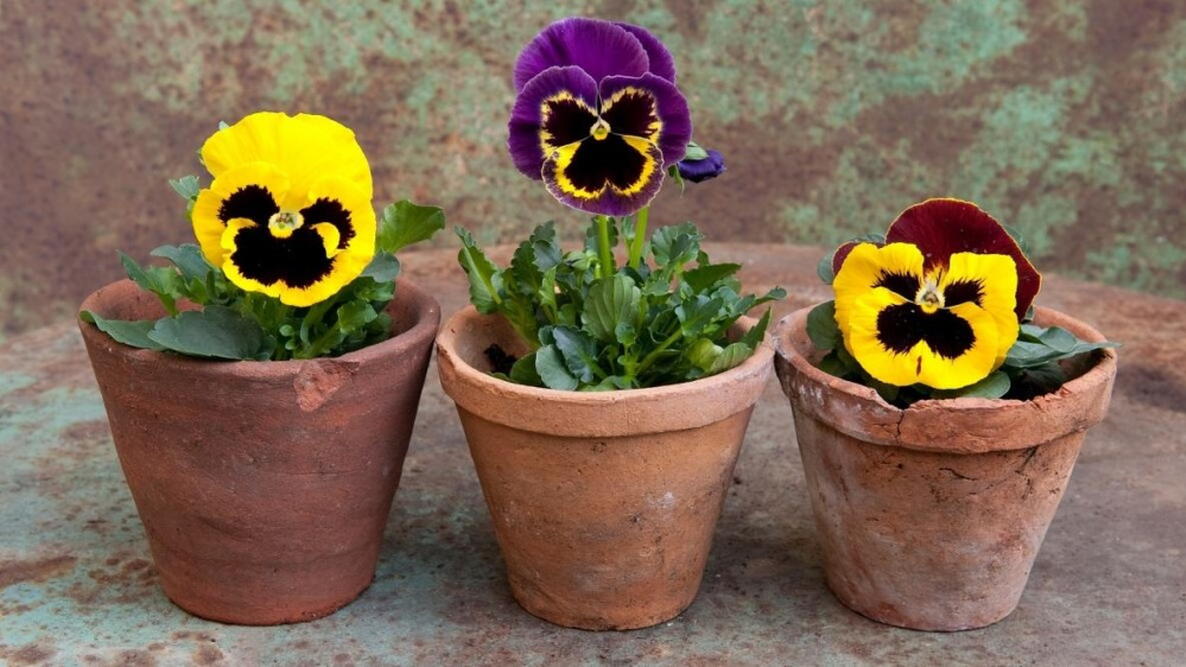
- Helenium: This flower with its radiant sunset hues is known as “autumn sneezeweed”—but it is nothing to sneeze at! Like mums, these flowers thrive in full sun, and blossom around the same time.
- Kale and cabbage: For something a little different, consider growing these delicious edible plants near your mums. They also tend to look great later in the season.


- Ornamental grasses: Ornamental grasses add height and texture to a garden, and they can also help to deter pests.

- Asters: Asters are another fall-blooming flower that makes a great companion for mums. They come in a variety of colors, and they attract butterflies and other beneficial insects.
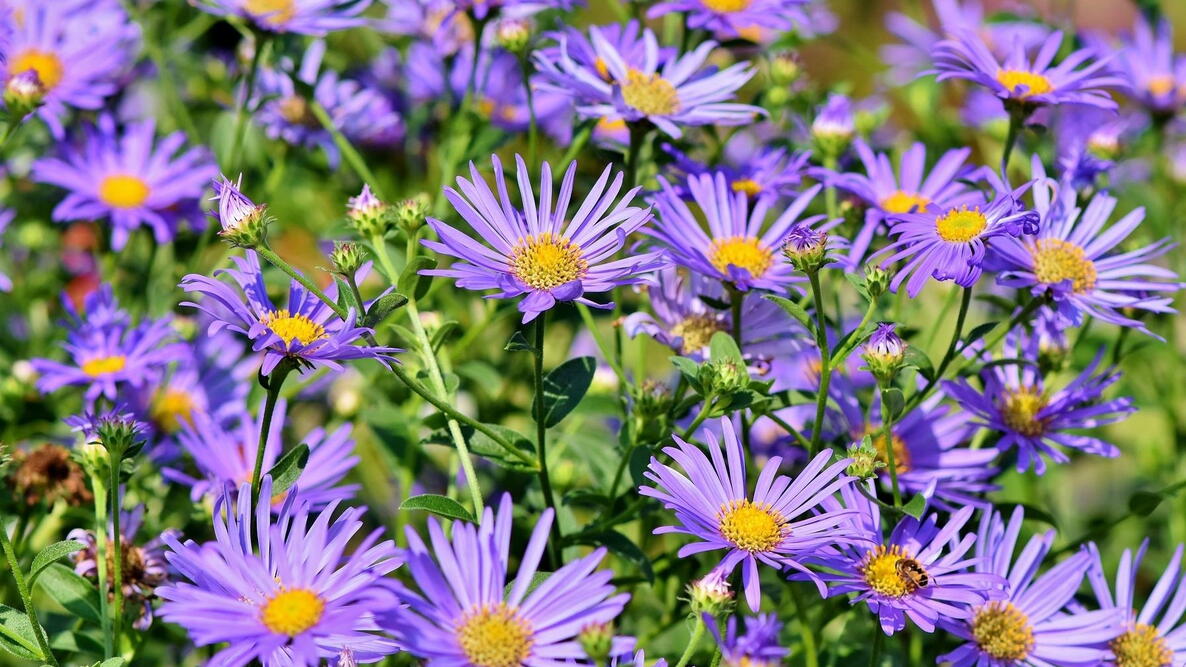
Q: What are the benefits of companion planting with mums?
A: There are many benefits to companion planting with mums. Some of the benefits include:
- Increased pollination: Companion plants can attract beneficial insects, such as bees and butterflies, which help to pollinate mums.
- Reduced pest pressure: Some companion plants can help to repel pests, such as aphids and Japanese beetles.
- Improved soil quality: Companion plants can help to improve soil quality by adding nutrients and organic matter.
- Enhanced aesthetics: Companion plants can add height, texture, and color to a garden, which can help to make mums stand out.
Q: What are some common mistakes people make when companion planting with mums?
A: Some common mistakes people make when companion planting with mums include:
- Planting too close together: Mums need plenty of space to grow, so it is important to not plant them too close together.
- Planting in the wrong location: Mums need full sun, so it is important to plant them in a location that gets at least 6 hours of sunlight per day.
- Not watering enough: Mums need regular watering, especially during hot, dry weather.
- Not fertilizing enough: Mums need regular fertilization to produce their best blooms.
Q: How do I choose the right companion plants for my mums?
A: There are a few things to consider when choosing the right companion plants for your mums. These include:
- The size and growth habit of the plants: You want to choose companion plants that are compatible with the size and growth habit of your mums. For example, you would not want to plant a tall, fast-growing plant next to a short, slow-growing plant.
- The sun exposure requirements of the plants: Mums need full sun, so you want to choose companion plants that also need full sun.
- The soil conditions of the planting area: You want to choose companion plants that are compatible with the soil conditions of the planting area. For example, if you have poor soil, you would want to choose companion plants that are tolerant of poor soil.
- The desired aesthetic effect: You also want to consider the desired aesthetic effect when choosing companion plants. For example, if you want to create a colorful border, you would want to choose companion plants with bright flowers.
Image of companion plants for mums
- Ornamental kale and cabbage: These plants add a touch of drama and contrast to the bright colors of mums. They also have similar growing requirements, so they're a good choice for companion plants.

- Pansies: These cheerful flowers bloom in a variety of colors, and they're a good choice for filling in the spaces around mums. They also attract pollinators, which can help to keep your mums healthy.
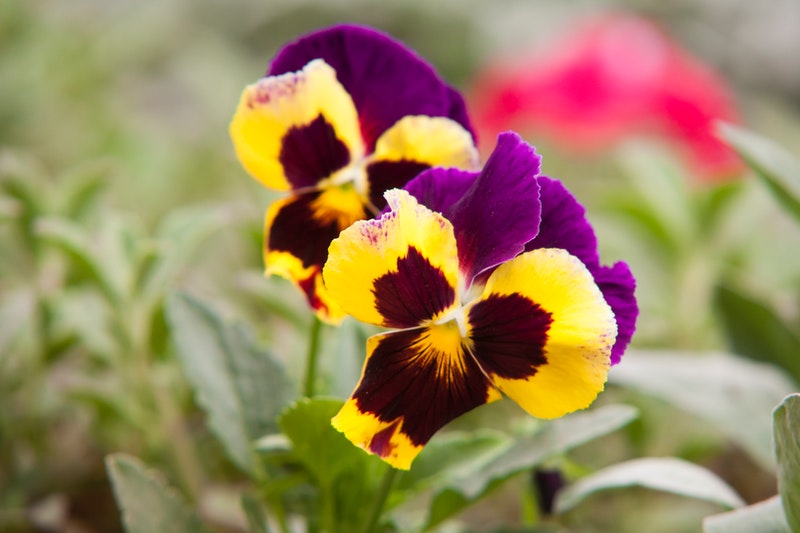
- Ornamental grasses: These tall, airy plants add a touch of elegance to any garden. They also help to break up the solid mass of color that mums can sometimes create.
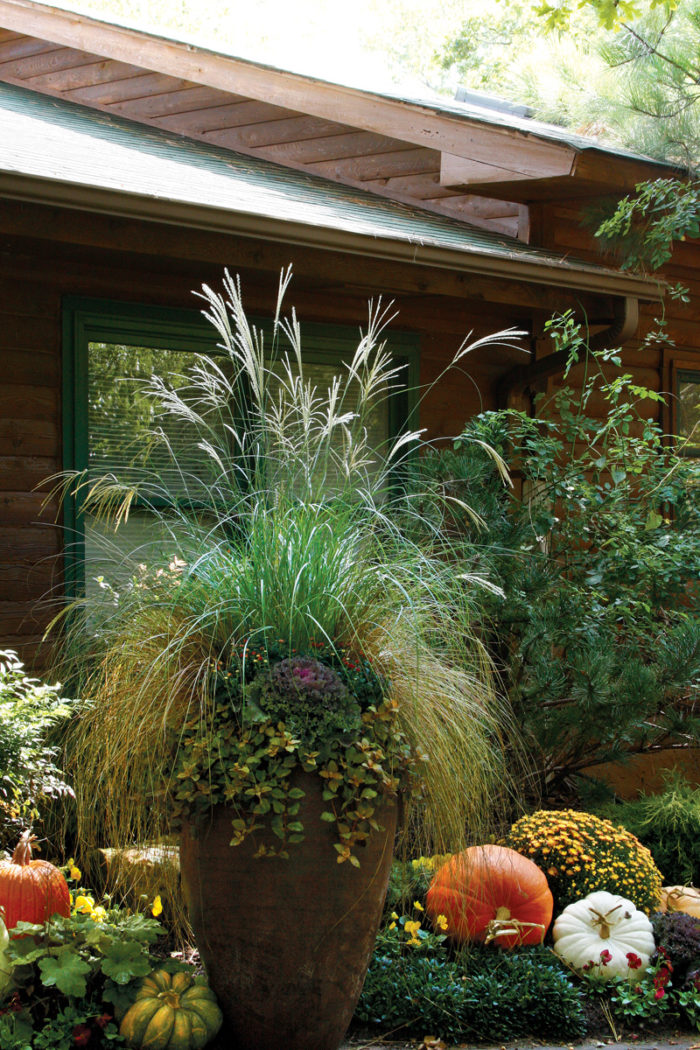
- Asters: These daisy-like flowers bloom in a variety of colors, and they're a good choice for companion plants because they have similar growing requirements to mums.

- Sedum: This succulent plant is drought-tolerant and low-maintenance, making it a good choice for companion plants for mums. It also comes in a variety of colors, so you can find one that complements the colors of your mums.
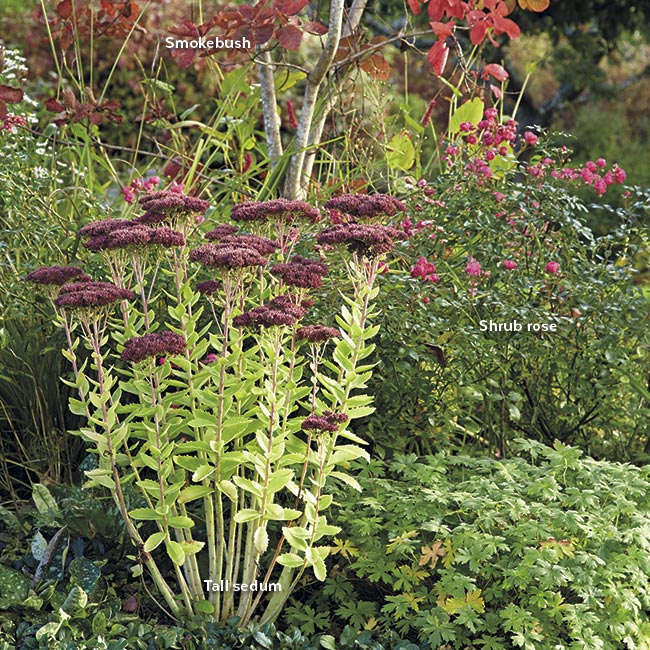

Post a Comment for " Best Companion Plants For Mums To Boost Their Growth And Beauty"